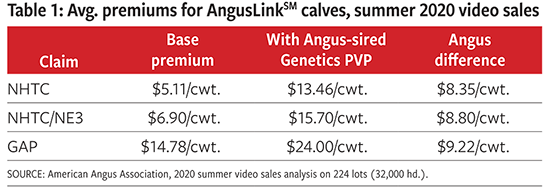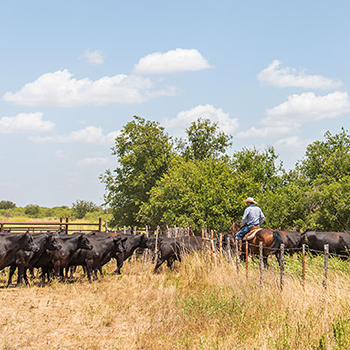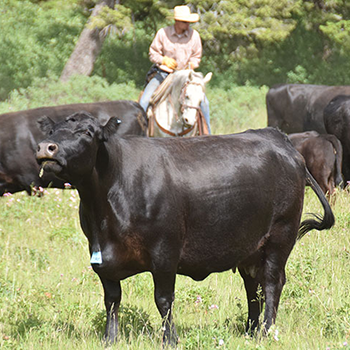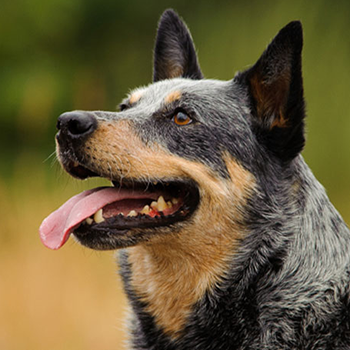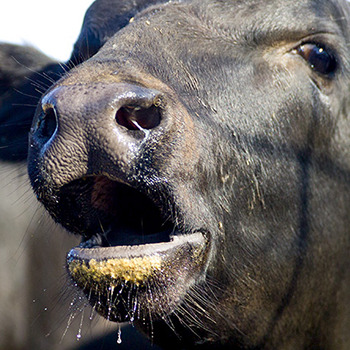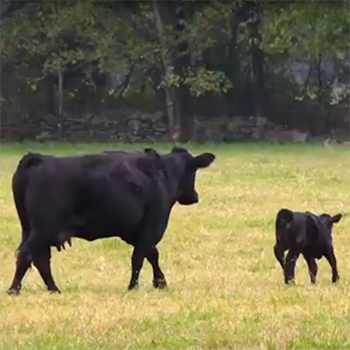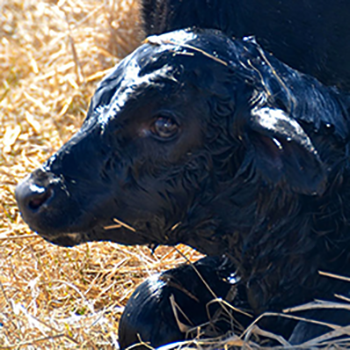
Common Ground
Harvesting the rewards of good investments
While I enjoy all seasons of the year, fall tends to be my favorite. I think that preference is rooted in growing up on the farm. Fall was harvest time and a time to reap the rewards of the hard work we put into the crops and cattle. Growing up in central Illinois, the crops tended to take center stage, but my heart was always in the cattle. We calved in spring, so fall brought about weaning, getting the calves started on feed, and really being able to see what we had.
Harvest season quickly turns to marketing season. Farmers and ranchers have always been notorious for focusing most of their time and effort on producing and less of it on marketing. While being a “price taker” is inherently part of producing a commodity like cattle, we are fortunately seeing that landscape change.
Price discovery and market access have long been highly debated topics, and no doubt that has been the case over the past year. Controversy aside, the marketplace is becoming more and more evolved, and buyers of feeder cattle are paying different prices based on value.
A look at the video sales this summer offers proof. Even within load-lot groups of calves of similar weight, health and vaccination protocols, higher prices are being paid for superior genetics and enrollment in USDA Process Verified Programs (PVPs.)
Our team analyzed the data from a few of the video sales this summer where about 32,000 head of AngusLink℠ calves sold. On average, those calves brought a $10.61-per-hundredweight (cwt.) premium, or about an additional $70 per head. Lots carrying the PVP claims for non-hormone-treated cattle (NHTC), NeverEver3 and Global Animal Partnership (GAP) brought the biggest premiums, but even within these program cattle, genetics matter.
AngusLink program cattle that were also carrying the Angus-sired Genetics claim brought about $9 per cwt. more than those that were not. The Angus-sired Genetics claim is available to cattlemen who have a bull battery of registered Angus bulls transferred to their name.
Keeping score
The AngusLink Genetic Merit Scorecard® is also becoming a bigger factor in determining the value of feeder cattle.
In the past, feedyard managers would typically have little knowledge of the genetic potential they were bidding on. If they didn’t have a past history of feeding the cattle, they had to make broad assumptions based on the breed composition and knowledge of where the producer bought their bulls.
The AngusLink Genetic Merit Scorecard changes that. Using expected progeny differences (EPDs) from the bull battery, three indexes are built to predict the feeding and carcass performance. For the feeder, this becomes another form of risk management. It also gives cow-calf producers a way to convey the investment they have made in superior registered Angus genetics.
The marketplace will always be changing, but those who can see those changes coming and adapt will always have the advantage. We have been excited to see the tremendous value that AngusLink is bringing to users of registered Angus genetics, and we are especially excited to offer this program at a time when producers need every advantage they can get.
